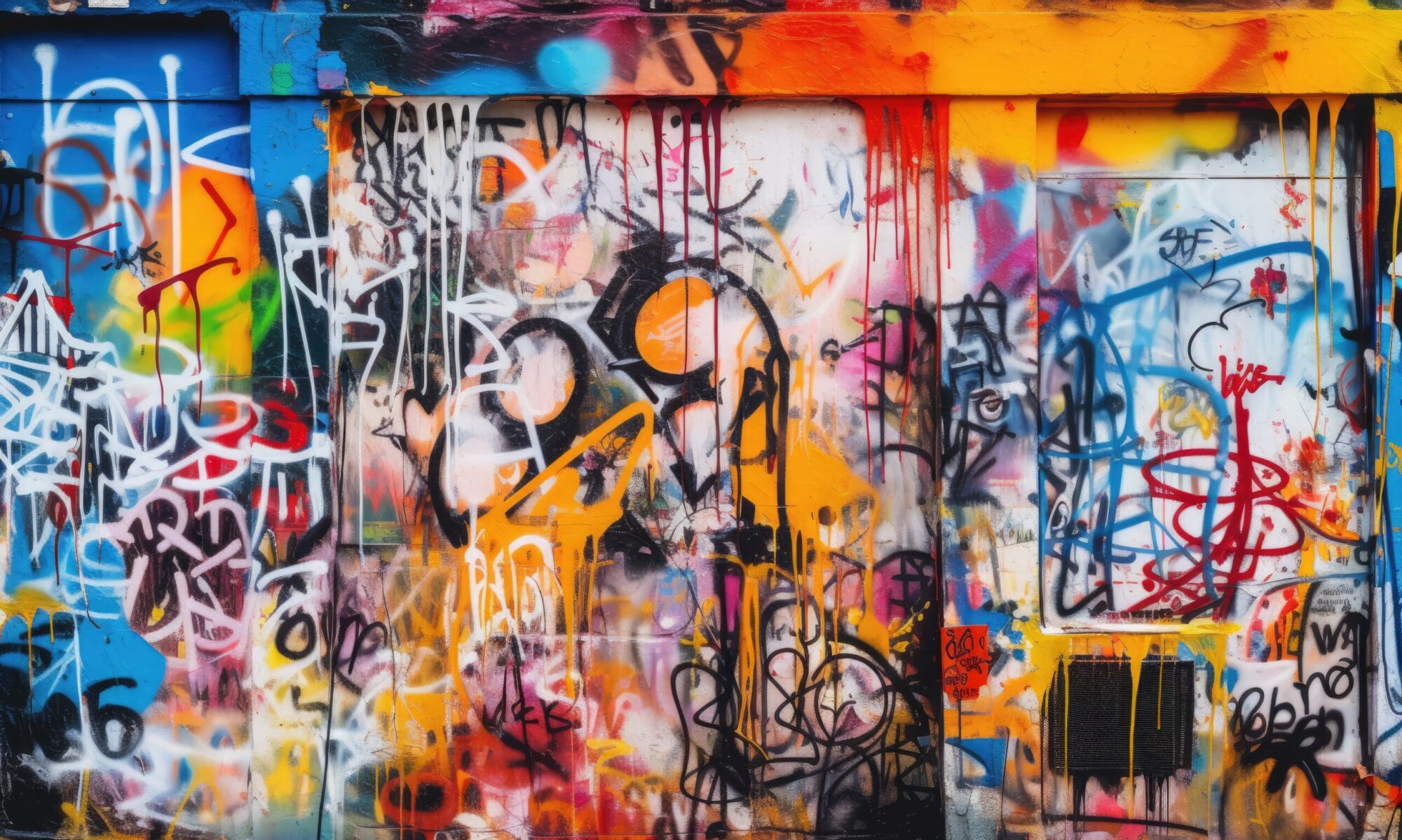In the last couple of weeks we’ve started sharing works created for the Scholarly Communication Notebook (SCN, ISKME OER Commons Hub coming soon), a hub of open teaching and learning content on scholcomm topics that is both a complement to an open book-level introduction to scholarly communication librarianship and a disciplinary and course community for inclusively sharing models and practices. IMLS provided funding for this project so that we can build a solid initial collection, and pay creators for their labor. These works are the result of our first CFP last fall (round 2 opening soon; see also Recent Posts). Today we’re sharing Accessibility Case Studies for Scholarly Communication Librarians and Practitioners by Talea Anderson, Scholarly Communication Librarian at Washington State University. This is great and valuable work that helps all of us better serve all of our constituents and we’re proud and happy that we can support it! We’ll continue sharing projects and announcements (like the next CFP) on the News page of our project site. Here’s Talea introducing her book:
As a scholarly communication librarian, I think all the time about making resources accessible but I’ll confess that I didn’t consider the needs of people with disabilities until more recently. This is an ironic confession because I was actually born blind and, following surgeries, grew up with low vision. However, I don’t use assistive devices apart from text magnification so I’ve been able to use the Internet largely barrier-free. Only when I read Raizel Liebler and Gregory Cunningham’s article about accessibility issues in institutional repositories did I really begin to think about how my profession contributes to a system that excludes certain people on the basis of ability.
When I initially started this project, I knew I wanted to collect a variety of case studies that show how library publishers, scholarly communication librarians, and similar professions are handling accessibility in their work. I chose this format because I find that accessibility training materials sometimes tend toward the technical how-to checklist and I wanted to do more storytelling that connects publishing practices to the lived experience of people with disabilities. Rather than sketching out the technical details of a perfectly accessible document or publication, I wanted to show a variety of people and organizations thinking through what accessibility means in their work.
Of course, it’s not just libraries that are engaging with accessibility. Many other groups and organizations are doing this work, and I tried to include some of these examples in my case studies. For instance, in 2020, I was able to attend the National Federation of the Blind’s annual convention and listen as people grappled with the intersections between racism and ableism. These conversations partially informed a chapter I wrote about inclusive alt text descriptions and I’m sure many other case studies could have been included as well. I hope that we in libraries can continue to look outside of our own organizations to learn about inclusive practices from the communities that we aim to serve.
Thank you to the Scholarly Communication Notebook for supporting this project and to the many people who kindly shared their experiences, perspectives, and resources via the case studies. It’s been a wonderful learning experience for me personally and I hope this resource proves useful to others as well.
About the Author
Talea Anderson is the Scholarly Communication Librarian at Washington State University in Pullman, Washington. She has participated in two excellent fellowship programs: the OER Research Fellowship with the Open Education Group in 2017/18, and the SPARC OE Leadership Program, Class of 2018. Talea is on Twitter at @anderstales.
